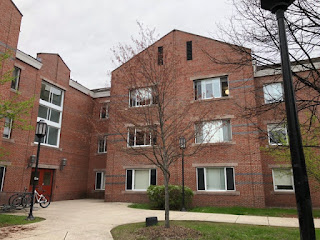Theodore Roosevelt

photo of Theodore Roosevelt from Wikipedia Theodore Roosevelt Jr. was the 26th president of the United States. President Roosevelt is often considered the "conservationist president." Without Roosevelt's work, this country would not be where it is today, and I firmly believe that the environment would have deteriorated faster. He was a hunter all his life, and was able to see the first hand results of overgrazing and even lost his ranch due to it. A lot of peop le though, did not agree that our resources would ever run out, but Roosevelt, who was seeing what was happening, would respond with " We have become great because of the lavish use of our resources. But the time has come to inquire seriously what will happen when our forests are gone, when the coal, the iron, the oil, and the gas are exhausted, when the soils have still further impoverished and washed into the streams, polluting the rivers, denuding the fields and obstructing navigation." Because of...


